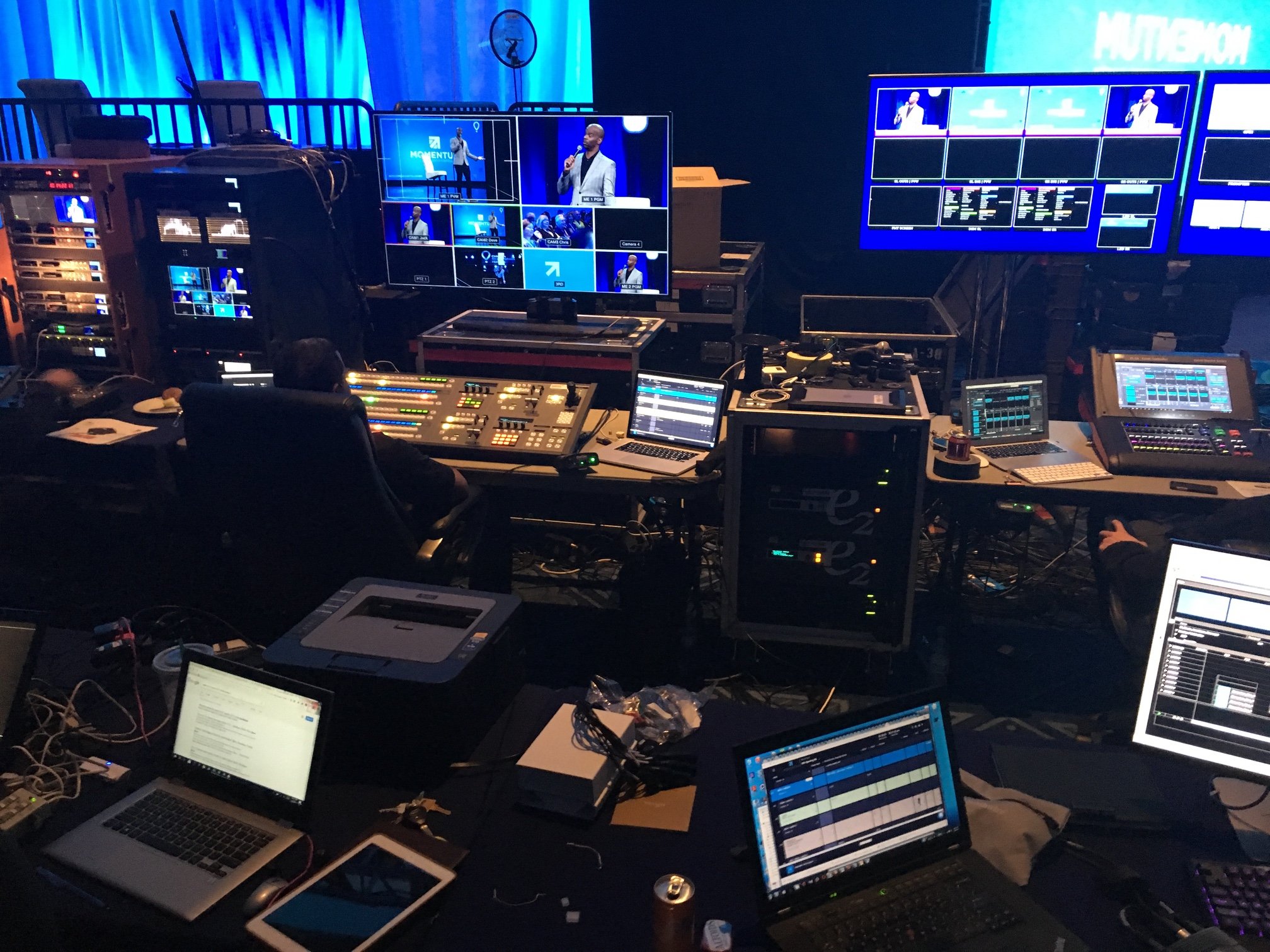Elegant Event Rentals by Your Event Source Charlotte for Any Celebration.
Why Occasion Source Solutions Are Essential for Smooth Event-Driven Styles
In the world of modern software program development, event-driven architectures are progressively widespread, yet their effectiveness pivots on the implementation of durable occasion source options. As industries shift towards real-time information processing, comprehending the effects of event sourcing becomes essential.
Understanding Event-Driven Designs
Event-driven designs (EDAs) stand for a paradigm shift in developing software application systems, where the circulation of info is identified by the incident of events. This architectural style advertises a decoupled approach, permitting different components to connect asynchronously. In EDAs, occasions work as the key methods of communication, causing processes or process in feedback to details events, such as user actions or system modifications.
The key components of an EDA consist of event producers, which generate occasions; occasion consumers, which react to events; and event networks, which promote the transmission of occasions between manufacturers and customers. This framework improves system responsiveness and scalability, as elements can separately refine events without the need for synchronous interaction.
Additionally, EDAs allow real-time data processing, making them ideal for applications needing instant understandings-- such as fraudulence discovery in financial systems or keeping track of IoT devices. They additionally support a more dexterous advancement environment, permitting groups to iterate promptly and deploy brand-new functions with very little disruption to existing solutions.
The Function of Occasion Source Solutions
While numerous parts in an event-driven design rely upon efficient communication, event resource services play an important role in creating and managing the flow of occasions. These services serve as the first point of event production, capturing adjustments in state or individual actions and converting them into events that can be circulated with the system.

Additionally, they promote the decoupling of producers and customers within an architecture, enabling systems to range separately. This decoupling is crucial for improving system strength, as it lessens reliances that might otherwise result in bottlenecks or solitary points of failing.
Advantages of Real-Time Information Processing
Real-time data processing considerably enhances the capabilities of event-driven styles by enabling immediate insights and actions based upon the most recent details (your event source charlotte). This immediacy not only increases decision-making but also raises the importance and accuracy of those decisions. Organizations can react to occasions as they occur, decreasing latency and improving operational dexterity
Among the primary advantages of real-time information handling is the capability to capture and assess information continuously. This promotes proactive actions rather than reactive responses, permitting businesses to prepare for patterns and potential concerns before they rise. In markets such as financing or shopping, real-time analytics can identify fraudulent transactions or client actions modifications, permitting quick interventions that reduce threat and optimize client complete satisfaction.

Eventually, the integration article source of real-time data handling right into event-driven styles equips organizations to harness the full potential of their information, driving innovation and affordable benefit in a progressively vibrant industry.
Enhancing System Communication
Effective interaction in between systems is critical for the success of any type of event-driven design. Occasion source solutions promote this communication by providing a durable structure for catching and transmitting occasions in genuine time. By systematizing exactly how systems produce and consume occasions, these options eliminate obscurity and foster interoperability, enabling inconsonant systems to interact flawlessly.
Using event streams allows systems to respond quickly to modifications, making certain that all elements are aligned and informed. This responsiveness is important in environments where prompt data exchange straight affects decision-making and overall system performance. Occasion source options offer systems for event filtering system, transformation, and directing, boosting the efficiency of data circulation in between systems.
In addition, by executing a publish-subscribe version, occasion source options decouple system components, enabling greater versatility and scalability. This decoupling indicates that systems can advance independently, making it much easier to integrate new capabilities or replace existing elements without disrupting total interaction.
Future Patterns in Event Sourcing


An additional significant trend is the surge of cloud-native occasion sourcing services. These platforms take advantage of the scalability and adaptability of cloud framework, enabling companies to effectively manage and store huge amounts of event data without the overhead of standard systems. This shift advertises better accessibility and cooperation across teams.
Furthermore, the adoption of microservices style is affecting event sourcing techniques. As organizations significantly sector their applications right into smaller, independent solutions, event sourcing gives a robust device to keep data uniformity and honesty throughout these dispersed systems.
Conclusion
Finally, event source options offer as a critical structure for smooth event-driven designs, allowing reliable occasion generation and monitoring. By assisting in asynchronous communication between elements, these solutions boost system resilience and advertise the independent evolution of services. The benefits of real-time data handling and enhanced system communication underscore the value of taking on occasion sourcing methodologies. As the demand for robust distributed systems boosts, the significance of occasion source remedies will certainly proceed to expand, forming the future of event-driven layout.